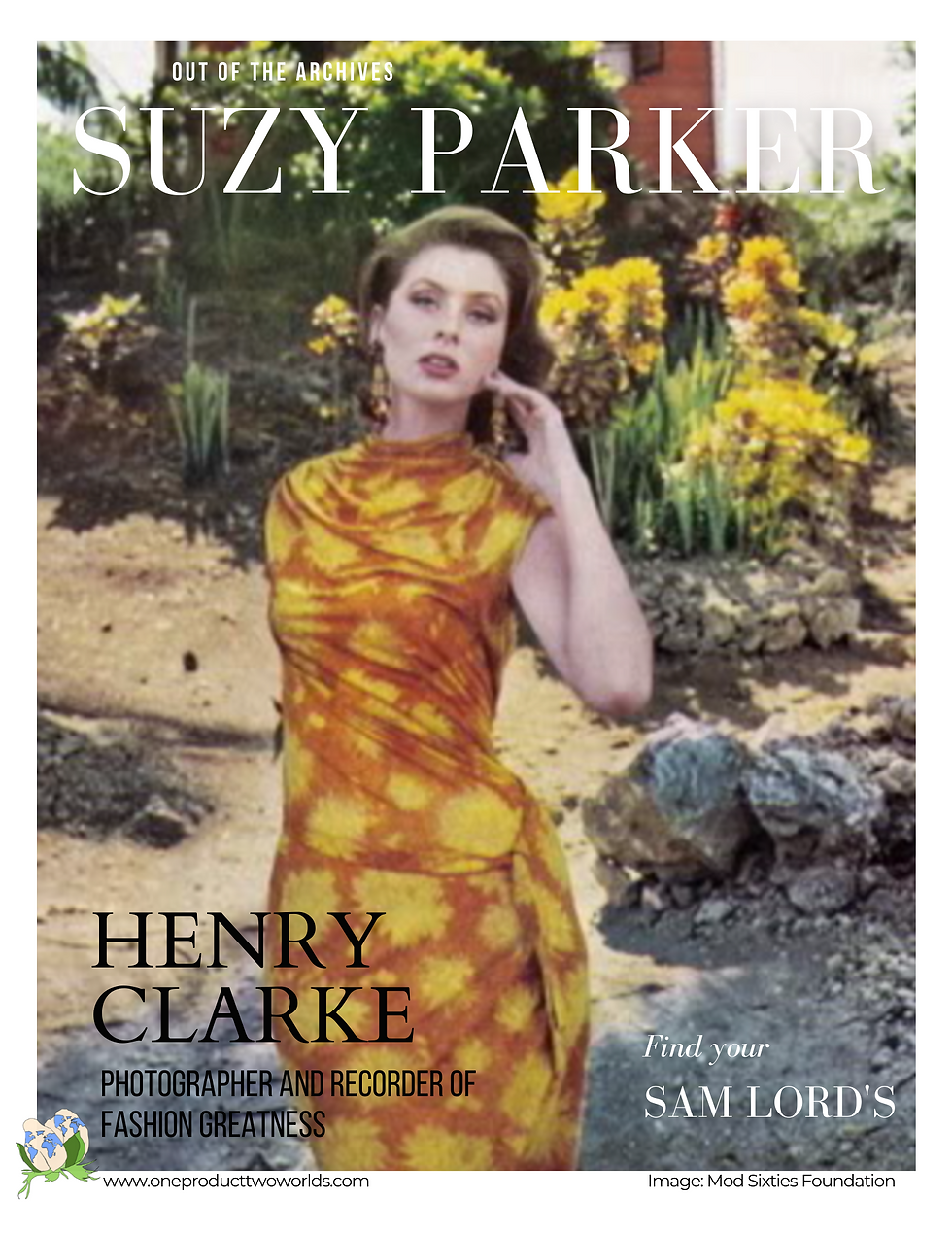Is luxury a relic of the past?
- Teresa Buzzoni
- Sep 13, 2022
- 4 min read
The exclusivity and allure of sea island cotton have historically emerged from the exclusivity of the fabric: it was only for the highest class and wealthiest people. Previously, luxury items were self-enforcing classist items, which were created using the lowest social classes, and enjoyed exclusively by the highest class. Modern tradition has emerged a new concept of mass production, in which ‘luxury’ goods are replicated cheaply, undercutting the idea of exclusivity, but by no mistake matching the quality that was originally used to source the best materials and talent to produce the highest quality goods at the highest prices.
Forbes described six main pillars of the brand of luxury to be “quality, craftsmanship, design, attention to detail, uniqueness, and authenticity.” If we understand anything about these terms, items with such foundations should be made to last and to remain timelessly ingrained in our social understanding of fashion. But, the model changed greatly during the transitional economy of the industrial revolution, when an emerging middle class rose to decision making power with their dollar votes.
At the time of the industrial revolution, mass production of goods changed the division of labor, as well as the consumer culture of millions of people worldwide. The “quick response” manufacturing developed especially within the “fast fashion” market of the 1980s, developing a new economic model during the late 1990s. Distribution and fulfillment innovations cut down the manufacturing process by engaging feedback loops, which have sped up the production to such a degree that new styles can be set into manufacturing the second that a rack goes empty.
Outsourcing and lowering costs have made cheap fabrics, labor, and manufacturing into the mainstream. With the rise of influencer cultures, rapid style changes and brief internet trends, the problem of fast fashion seems to be worsening, as well as a rise of the importance of luxury brand names as a representation of class. We have run out of control and need to rein ourselves in.
The emergence of social media influencers might be changing our concepts of what luxury is and means. As a result of an extremely fast media cycle, maintaining trendy items often means compromising a small few high expense items for a massive number of extremely cheap material items. And yet, somehow, luxury has seemed to hold on via the marketing among celebrity ambassadors, and remain the alluring goal for many average-income people. Even Marc Jacobs acknowledged this divide, saying that “Luxury is something you don’t need, it’s something you want.” Well, that must be true considering how the allure draws in the masses, while only allowing few to engage.
Deasilex said it best, “Price is what you pay. Value is what you get.” Depending on what the consumer is willing to pay for a good, the designer brands have maintained their high prices because of the number of people willing to spend their money on them. In my opinion, the mass saturation of designer goods among influencers on social media is only fueling the fire on luxury goods. While the majority of us do not have millions of Instagram followers, or the funds to purchase these items, if given the opportunity, we would be likely to purchase them.
With the interconnectedness of social media, high brand items only appear to be more and more prevalent. Gucci handbags, Louis Vuitton red-bottoms and designer items become more tangible in our minds, because we become more and more used to seeing them. Compare the reach of an Instagram post to a single article in Vogue or Elle magazine. The reach is instantaneous and without a pay wall. Such luxury goods produce a frenzy effect of likes and is changing our perception of luxury to feel more mass produced.
So, what do I predict the future to be for luxury now that the idea of it is becoming less exclusionary? If everyone can see it, I think that more people believe that it is likely attainable, because the idea of it is not as hard to reach. So, if following this assumption of making ideas more accessible and in a frenzy mindset, would it be impossible to promote quality as the new luxury good?
Instead of feeding into the single-wear mindset and the mass collection idea of being unable to rewear, could social media one day be responsible for producing tangible luxury of a box wardrobe, simple staples and a non-consumerism ideal? The only way this could become realized would be if it became trendy and popular, which would just be a matter of how it was packaged and who entertained the idea. The exclusive are now becoming reachable, we just need to ensure that we don’t allow the opportunity of quality and sustainability to pass us by, just because the ideas are harder to push against the grain of what the relationship with luxury that we are used to.
What do you think? Will we be able to start the change for sustainability, or are we trapped by our addiction to liking luxury instead of attaining it?














Comments